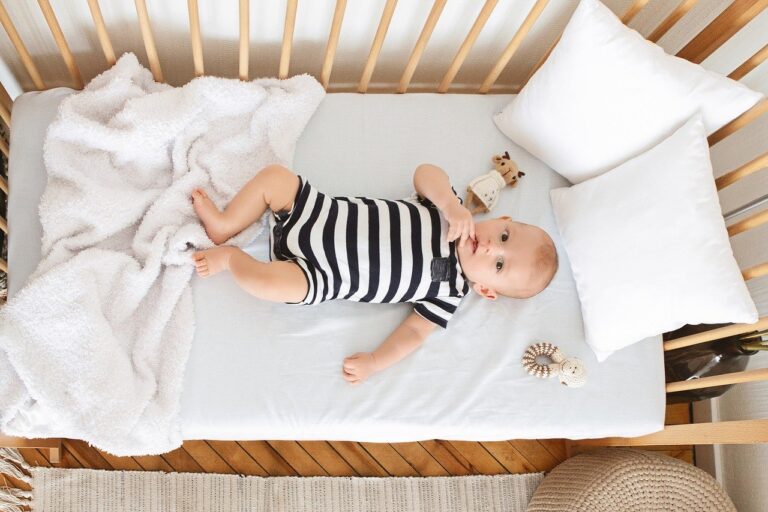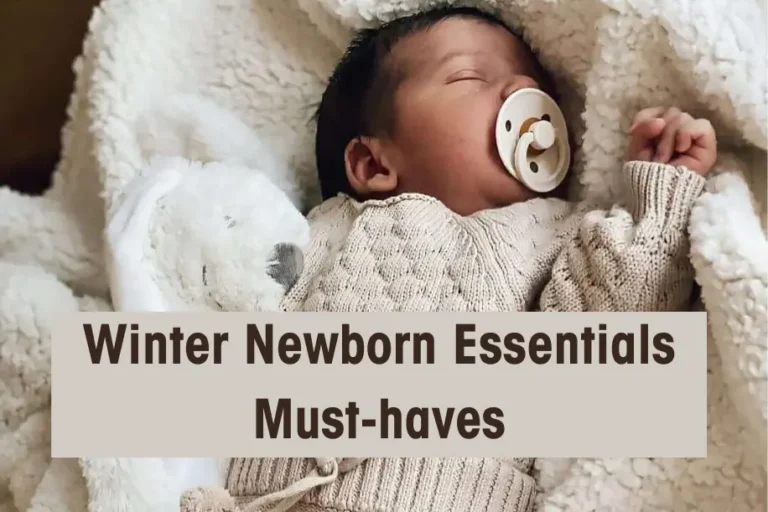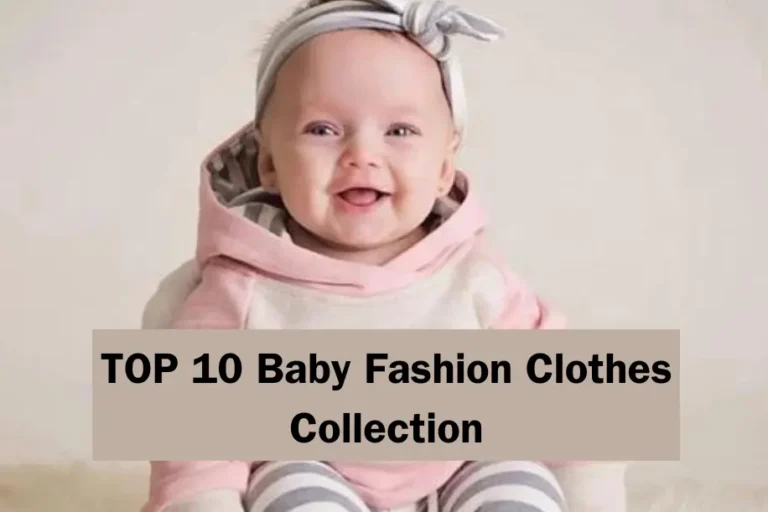Best Baby Wrap Carrier of 2025, Tested By A Mom Of Two
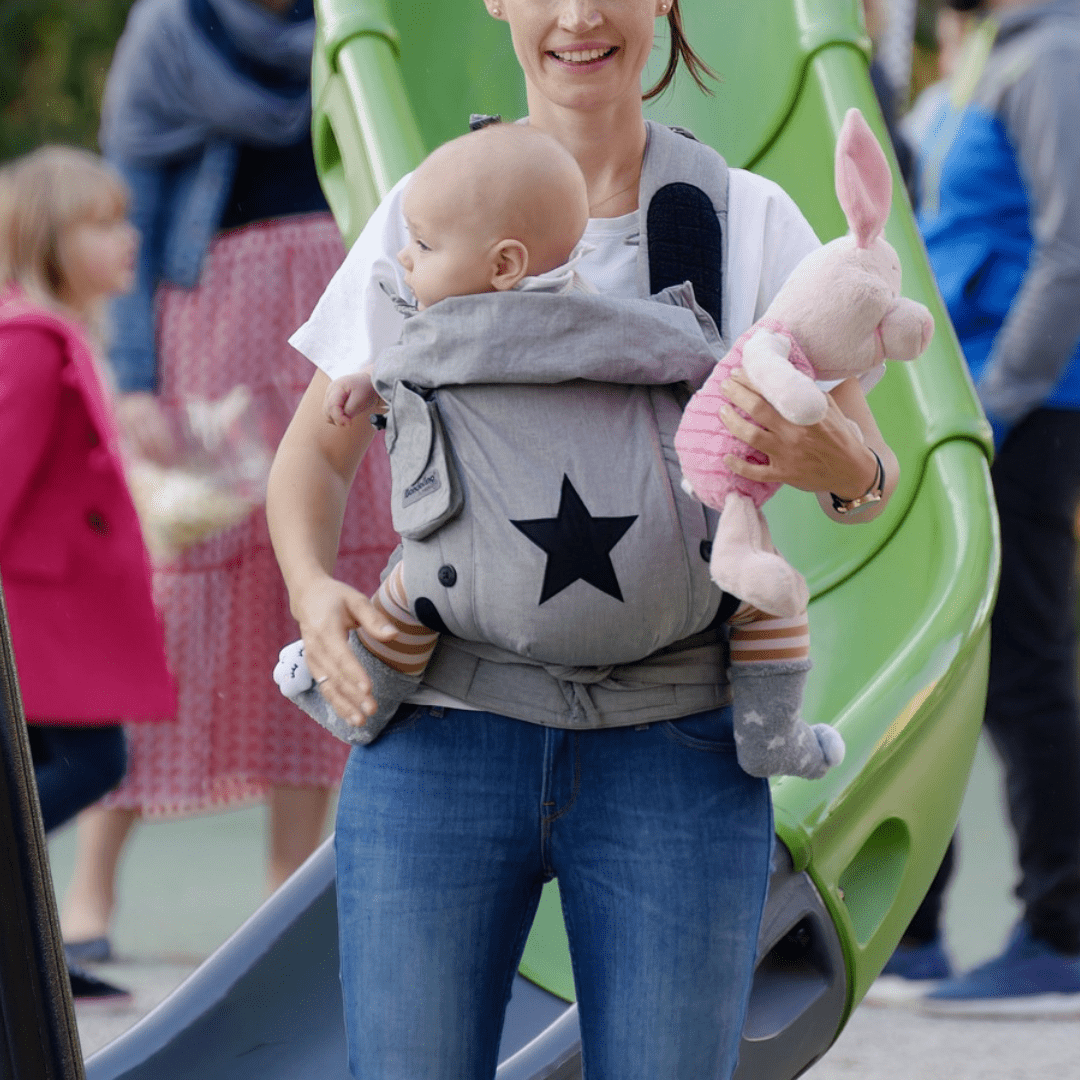
Babies aren’t just another person stepping into this world; but their arrival is a life-changing event. Yes, an event that opens a new chapter with full of emotions and priceless experiences. Even, it’s a time of great wonder, joy, and a strong desire to look after and safeguard this little marvel with so many things, including the Best baby wrap carrier.
As they bring a sunrise to an entirely new universe, you must keep your sunshine close to you. I highly recommend that parents find an ideal baby wrap carrier, as it is a fantastic way to provide them with comfort and safety when you are out with your little bud.
Why The Best Baby Wrap Carrier?
Unlike heavy strollers, these cozy lengths of fabric offer a unique bond and a whole new experience for both the baby and Mommy or Daddy. The soft and best baby wrap carrier for newborn allows you to carry your child comfortably and safely, encouraging bonding and a sense of security while freeing up your hands to explore this new world together.
Choosing a suitable baby carrier can feel overwhelming with so many options available. But fear not, as I have personally used these carriers for my babies and given them as gifts to friends and family. Additionally, I have spent hours researching every wrap available here. Let’s dive into discussing the different types of baby wrap carriers and the best options available.
Types of Baby Wrap Carriers
Ring Slings
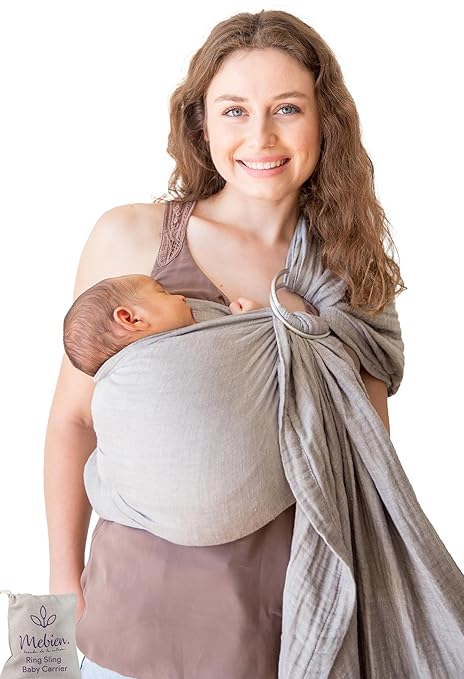
They are long pieces of fabric with two rings sewn onto one end. This popular and the best baby wrap carrier baby allows you to keep your child close while keeping your hands free. Ring slings come in a variety of soft, breathable fabrics to ensure comfort for both – you and your baby. Here are some common options:
• Woven Cotton: Strong, breathable, and durable, making it ideal for everyday use.
• Linen: Lightweight and cooling, perfect for warmer weather.
• Cotton Blends: Offer a balance of strength, breathability, and softness.
• Silk Blends: Incredibly light and smooth but may require more delicate care.
Advantages and Drawbacks of Ring Slings
Pros
- They are easier to tie, making them an excellent choice for beginners.
- Perfect for short tasks, walks, or carrying your baby in a pinch.
- They fold up easily for storage or transport, making them lightweight and portable.
- Encourages closeness and emotional bonding through skin-to-skin contact. The single-shoulder design allows you to quickly check on or soothe your baby.
- Depending on the size and strength of the sling, it allows for various carrying positions, including- front, hip, and even back holds for older babies.
- Available in a range of beautiful fabrics and designs, allowing you to express your personal style while carrying your little ones.
Cons
- If used for extended periods, the weight on one shoulder may become uncomfortable or straining. It’s important to switch shoulders regularly.
- While less complicated than wraps, it still takes some initial practice to achieve a secure and comfortable fit for you and your baby.
- It may offer less support than certain structured carriers, particularly for older or larger babies.
- Ring slings may not be ideal for individuals with specific back or shoulder issues.
By understanding the different types of baby wrap carriers and their pros and cons, you can make an informed decision that best suits your needs while ensuring your baby’s comfort and safety.
Stretchy Wraps
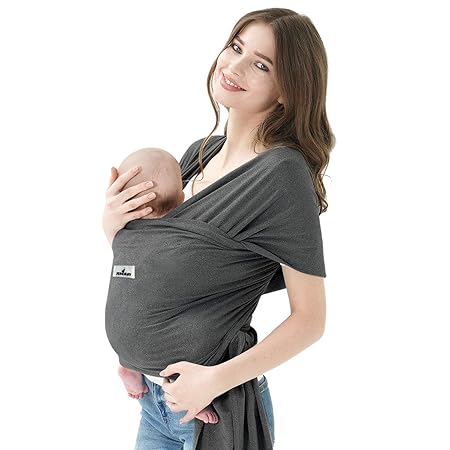
Stretchy wraps are baby carriers made from soft, elastic material that often resembles an oversized t-shirt or jersey knit. They are a popular choice for newborns and young infants because they provide warmth and a snug fit for both you and your baby.
The following materials are commonly used:
• Jersey Knit: Popular for its gentle stretch, breathability, and softness. It feels cozy for both parents and babies, as made from material similar to t-shirts.
• Modal: A type of rayon fabric known for its exceptional softness and breathability. It wicks moisture and regulates temperature, making it ideal for warmer climates.
• Cotton Blends: Blends of cotton with spandex or elastane, offer a balance of stretch, breathability, and softness. They provide more support compared to pure jersey knit, making them a great choice for those seeking a more supportive wrap.
Advantages and Disadvantages of Stretchy Wraps
Pros
- Stretchy wraps are simple to put on and adjust, making them an excellent option for beginners, unlike woven wraps, which require more complex tying techniques.
- The elastic material stretches to fit your baby’s body, providing a snug, comfortable hold without being too restrictive.
- The soft fabric is gentle on your baby’s sensitive skin, promoting warmth and bonding through skin-to-skin contact.
- Stretchy wraps offer great support for a newborn’s developing head and body during the first few months of life.
- They are easy to put on and take off, making them ideal for quick tasks.
Cons
- Stretchy wraps may provide less ergonomic support as your baby grows bigger and heavier.
- In hotter climates, they can feel uncomfortable as the elastic fabric tends to retain heat.
- Stretchy wraps typically only support front-carrying positions, limiting your options as your baby gets older.
- Over time and with frequent washing, the elastic quality of the fabric can degrade, affecting the snugness and support of the wrap.
Woven Wraps
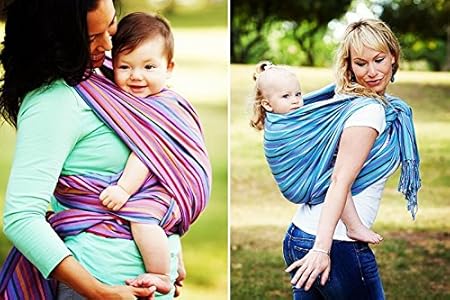
Woven wraps are long, non-stretchy scarves designed for babywearing. They require practice to tie but offer excellent support and versatility. They are cool in summers, supportive for all ages, and adjustable for different carrying positions.
Materials Used for Woven Wraps Natural Fibers:
• Cotton: The most common option for baby wrap, known for its softness, durability, and breathability. Suitable for most skin types and all weather conditions.
• Linen: Known for its durability, cooling properties, and lightweight nature, making it ideal for hot climates.
• Hemp: Strong and cool like linen, but softer and more absorbent, although it can be slightly more expensive.
• Wool: Perfect for colder climates, offering warmth and support, but requiring extra care and possibly not suitable for sensitive skin.
• Silk: Exceptionally lightweight, luxuriously silky, breathable, but must be handled with extreme care.
Advantages and Disadvantages of Woven Wraps
Pros
- They can be adjusted for various positions, including front, hip, and back carries.
- The ergonomic design helps relieve tension on your shoulders and back by evenly distributing your baby’s weight.
- This is particularly helpful for infants who need proper head and neck support.
- Woven wraps accommodate different body shapes and securely hold your baby in place, reducing the risk of slipping or falling.
- Made from natural materials, these wraps are breathable and comfortable for both you and your baby.
Cons
- Tying a woven wrap securely and comfortably can be challenging, especially for new parents. It takes practice and patience to master.
- Woven wraps can become warm in hotter climates or when made from thicker materials.
- They may be bulkier and take up more storage space than other baby carriers.
- Breastfeeding while using a woven wrap can be difficult or require adjustments, depending on the tie.
Boba Baby Wrap
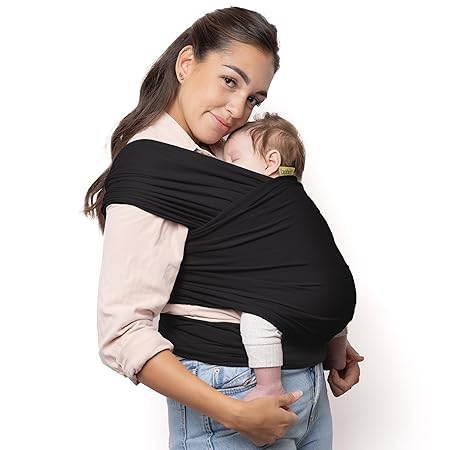
A popular style of baby carrier made from a long, elastic piece of fabric is the Boba Wrap. Its purpose is to create a snug and supportive pouch for a newborn by being securely tied around the wearer’s torso.
Materials Used for Boba Baby Wrap
• Cotton: The most common material, often blended with other fibers to make Boba Wraps.
• Spandex: This synthetic fiber is typically added in small amounts to provide extra stretch and recovery.
Advantages and Disadvantages of Boba Wraps
Pros
- Offers various carrying options, allowing you to carry your baby comfortably from birth through the early years.
- The elastic fabric evenly distributes your baby’s weight across your body, providing a secure and supportive fit.
- The elastic fabric and simple tying methods allow for easy adjustments, ensuring a comfortable fit for both the wearer and the baby.
Cons
- Boba Baby Wrap can be bulkier and take up more storage space compared to other carriers.
- High-quality Boba Wraps may be more expensive than some simpler carrier options.
Boba Wraps are a cozy and versatile option for babywearing, though they do require some practice to use effectively. When deciding if a Boba Wrap is right for you, consider your individual needs and preferences, your comfort with learning tying techniques, and your preferred carrying methods.
Conclusion
My extensive research and expertise have led me to conclude that the carriers listed above are exceptional. They offer an ideal combination of protection, comfort, and versatility to make life easier for all. With breathable fabrics and supportive designs, these wraps allow you to keep your baby close while doing so many things at the same time.
Whether you’re a new parent navigating your first few weeks or an experienced parent seeking more comfort, there’s a baby wrap carrier for you. This list is just a starting point, but I hope it has helped narrow down your options and gave you confidence to choose the perfect carrier for your little sunshine.
Remember, the best baby wrap carrier is one that is both comfortable and safe for your baby. So, don’t hesitate to try a few different options before making your final decision.
And, don’t forget to hop onto our other interesting posts, will help in having the right accessories for little ones. So, get set for enjoying fantastic posts will teach you a lot on – best gifting toy ideas to how to baby proof a house, winter newborn essentials and more, ensuring both convenience for the parents and comfort for the babies. Happy parenting!
fAQS
What are the benefits of using a baby wrap carrier?
-Keeps your baby close and comfortable, promoting bonding and a sense of security.
-Frees up your hands for other tasks.
-Provides support for your back and shoulders, reducing strain.
-Promotes healthy hip development for your baby.
Are wrap carriers safe?
Yes, baby wrap carriers are safe when used correctly. Always ensure a snug and secure fit, with the baby’s chin off their chest and their knees higher than their hips.
How long can I wear my baby in a wrap carrier?
Start with short periods and gradually increase the time as your baby gets used to it. Pay attention to your baby’s cues and take breaks when necessary.
Who can use a wrap carrier?
Wrap carriers are suitable for babies and children, though weight limits may vary. They are an excellent choice for parents who want to keep their newborns close while staying active.
How do I wear a wrap carrier?
There are different wrapping techniques, but generally, you wrap the fabric around your torso and secure it in a way that supports your baby comfortably.



